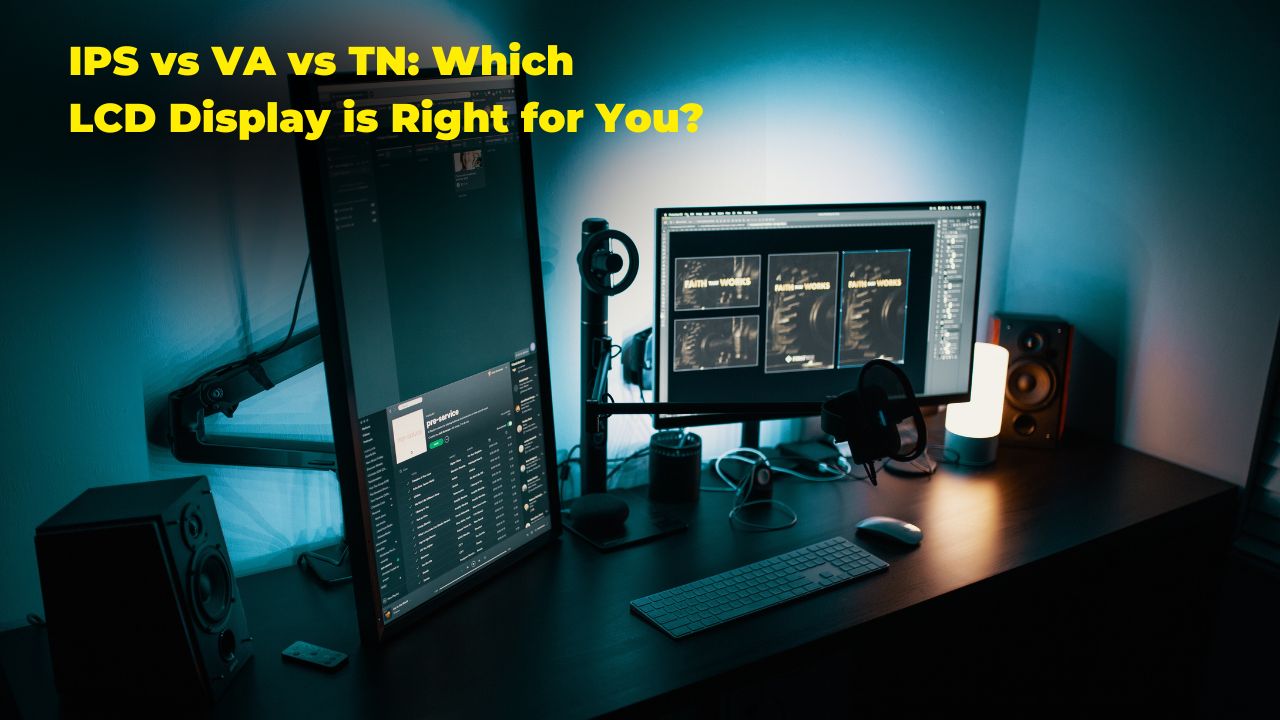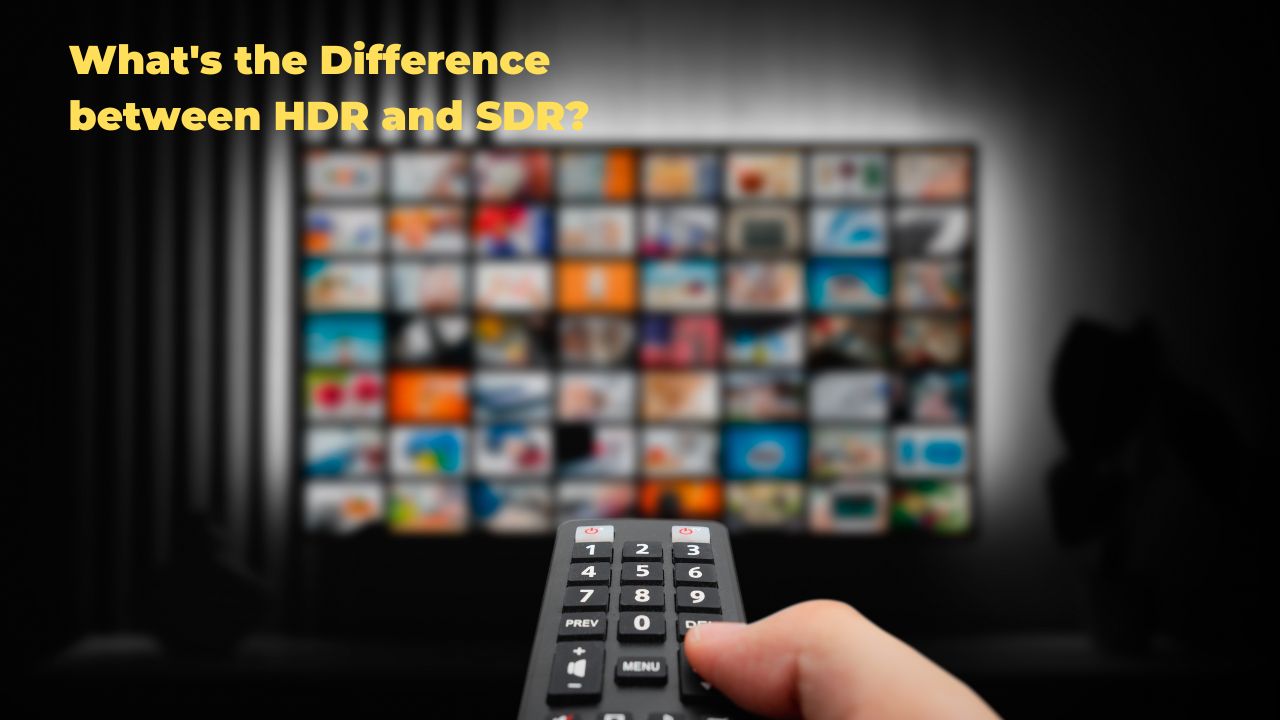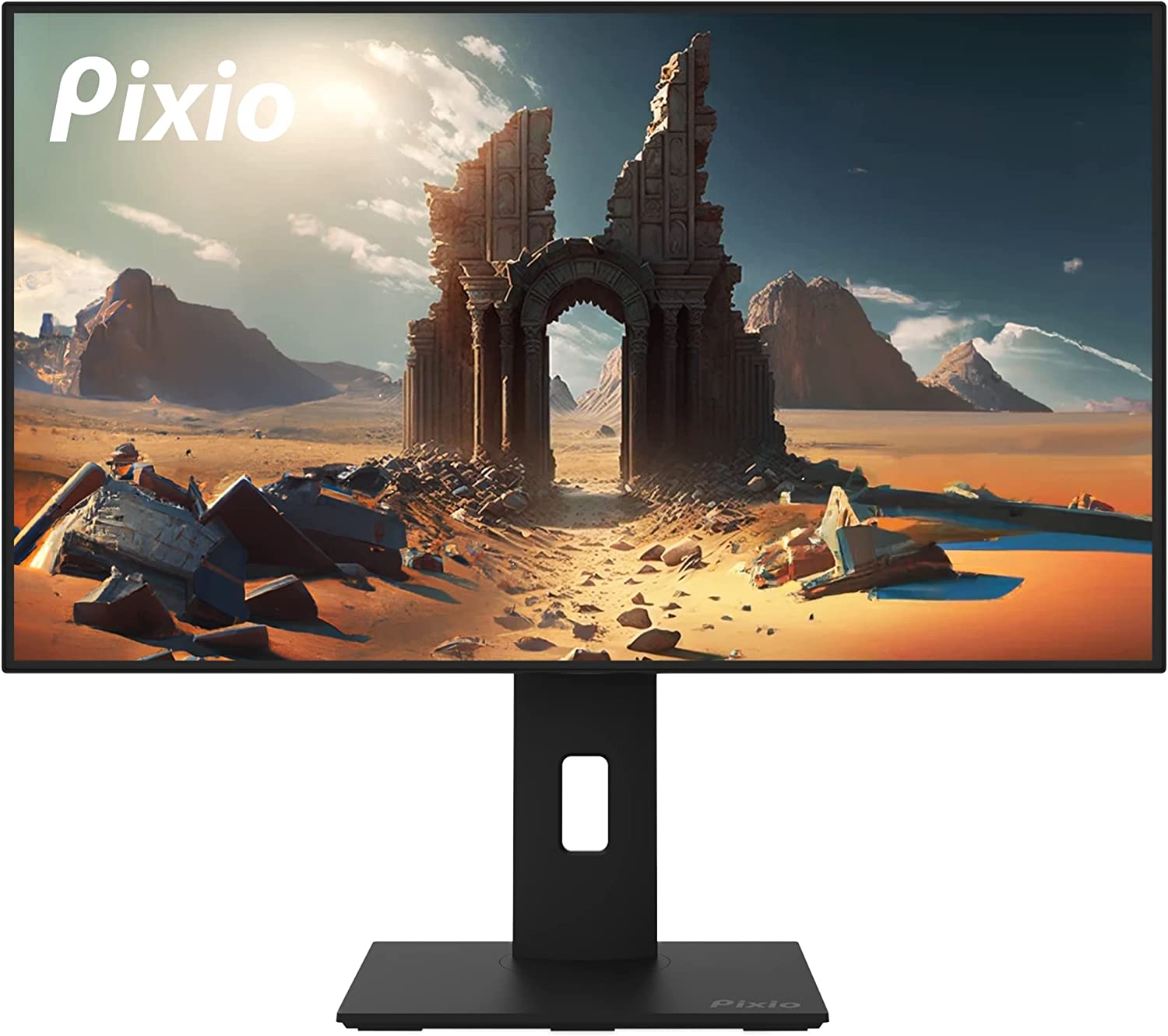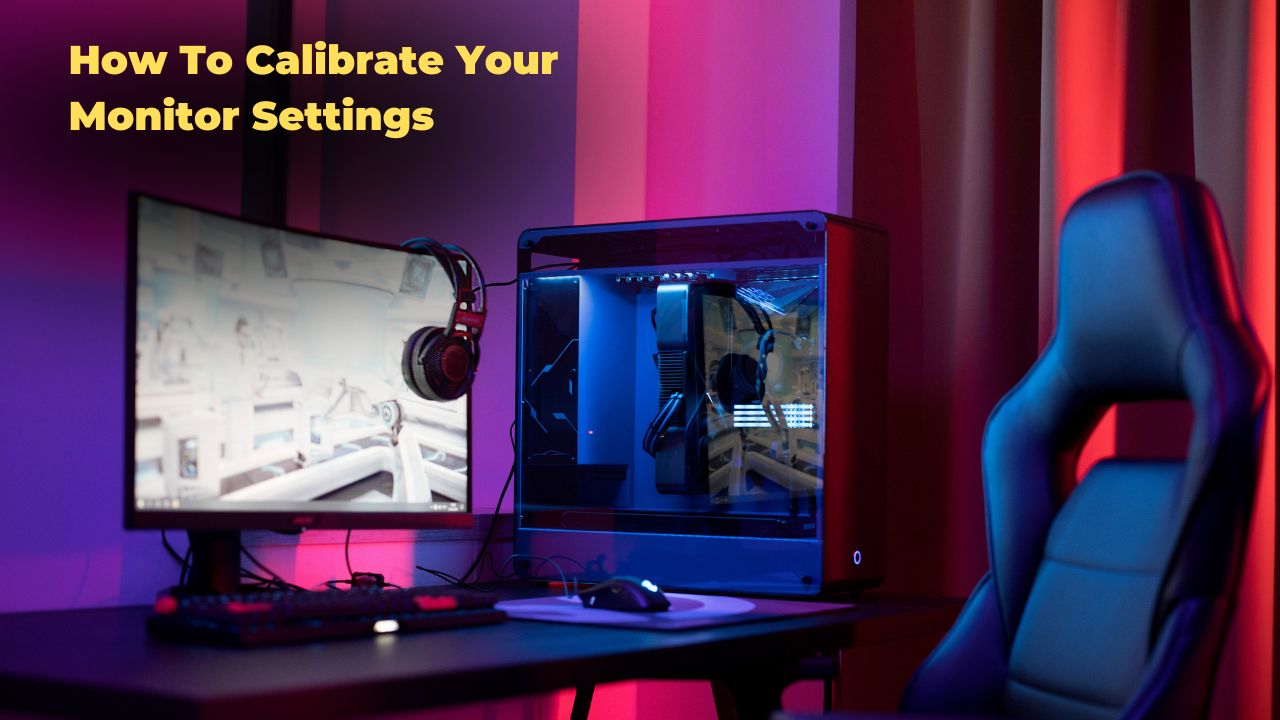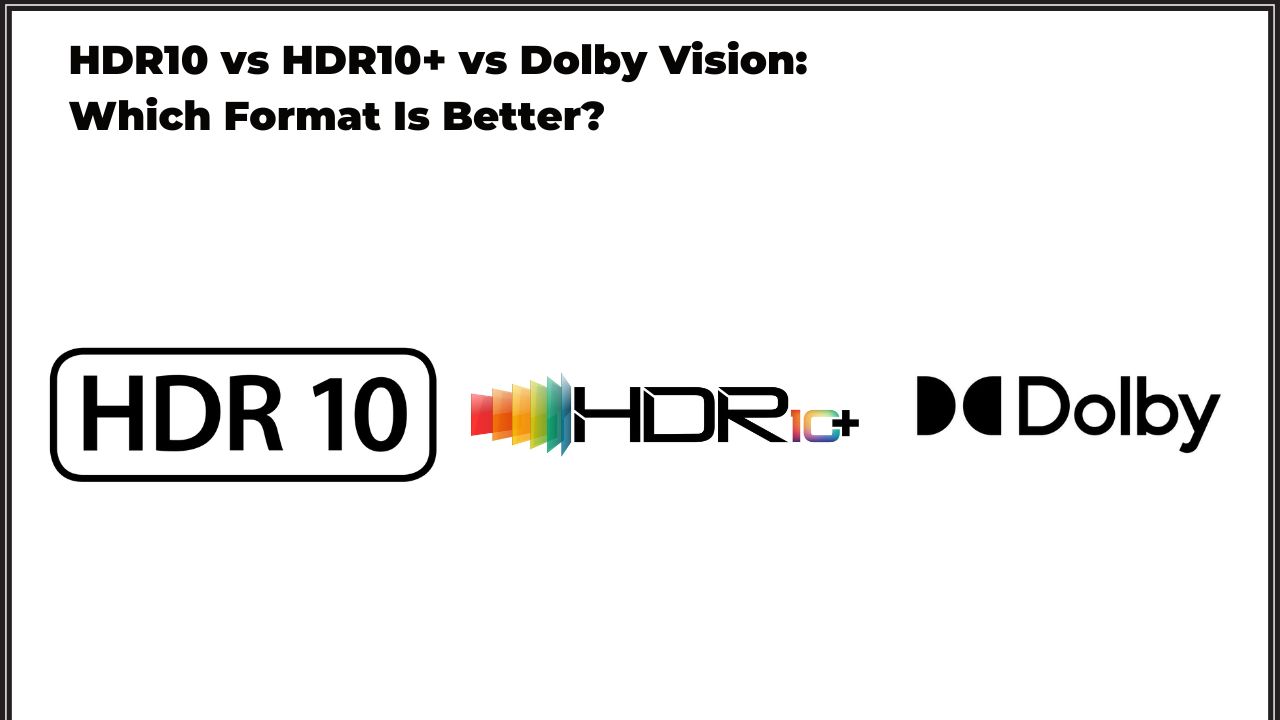Regarding displays, there are three main types of panels – IPS, VA, and TN. But what exactly are the differences between these panel types? And which one is the best for you?
IPS (In-Plane Switching) panels are known for their superior colour reproduction, accurate blacks, and wide viewing angles. VA (Vertical Alignment) panels have great contrast ratios and deep blacks but can suffer from ghosting and image degradation at wide viewing angles. TN (Twisted Nematic) panels are the fastest and most responsive but have the poorest colour reproduction and viewing angles.
So, which one is the best? That depends on your needs. If you’re looking for the best image quality and colour reproduction, IPS are the way to go. If you need the fastest response times and don’t mind sacrificing some image quality, TN is the panel type for you. And if you’re looking for something in between, VA is a great option.
In the section below, we’ve detailed how we decide which panel is the best.
Differences Between IPS, VA, and TN
When it comes to LCD monitors, there are three different types of panels you can choose from IPS, VA, and TN. But what exactly are the differences between them?
IPS (In-Plane Switching)
IPS panels are known for their accurate colours and wide viewing angles. They’re also the most expensive type of panel, which is why professional photographers and graphic designers mostly use them.
What is IPS Monitor?
An IPS monitor is a computer monitor that uses in-plane switching to improve image quality.
IPS monitors are known for their wide viewing angles, accurate colour reproduction, and deep blacks. They are often used for professional applications like graphic design and video editing. IPS monitors are more expensive than other types, but they offer a superior viewing experience.
While IPS monitors are great for many tasks, they are imperfect. Here are some of the pros and cons of IPS monitors.
PROS:
- Wide viewing angles
- Accurate colour reproduction
- Deep blacks
CONS:
- More expensive than other types of monitors
- Not perfect for everything
VA (Vertical Alignment )
VA panels are a good middle ground between IPS and TN. They have decent colour reproduction and viewing angles and are not as expensive as IPS panels.
What is VA Monitor?
VA displays, or vertical alignment displays, are a type of LCD (liquid crystal display) that improve upon the typical Twisted Nematic Field (TN) LCDs in a few key ways. For one, the pixels in a VA display are aligned vertically on the glass substrate rather than horizontally, like in a TN LCD.
This makes for much better viewing angles; whereas TN displays have terrible off-axis viewing angles, VA displays only slightly decrease image quality when viewed from the side. Secondly, VA displays have a much higher contrast ratio than TN displays. A typical TN LCD has a contrast ratio of around 1000:1, while a VA display can have a contrast ratio of 3000:1 or more.
VA displays tend to have better black levels than TN displays, meaning they can reproduce dark images more accurately.
All of these factors combine to make VA displays the best choice for LCD gaming monitors. VA displays have all the important specs that gamers look for: fast response times, high refresh rates, and low input lag. The higher contrast ratios and improved black levels make for more immersive gaming experiences. You need a VA display if you’re looking for the best possible gaming experience.
TN (Twisted Nematic)
TN panels are the most common type of LCD panel. They’re the cheapest to manufacture, which is why they’re often used in budget monitors. TN panels have relatively poor colour reproduction and viewing angles but have the fastest response times.
What is TN Monitor?
TN display is a display technology that is widely used in LCD monitors. TN stands for Twisted Nematic. This type of display is composed of a layer of twisted liquid crystal molecules. When electricity is applied, the molecules untwist and allow light to pass through.
TN display is not without its drawbacks. One of the main issues with this technology is that it has a relatively low refresh rate. This means that TN displays are not ideal for applications requiring fast movement or gamers needing a high frame rate.
Another downside to TN displays is that they tend to have narrow viewing angles. This can be a problem if you are trying to view the screen from an angle.
Despite these drawbacks, TN displays are still a popular choice for many people. This is because they are very cost effective and provide a good level of performance.
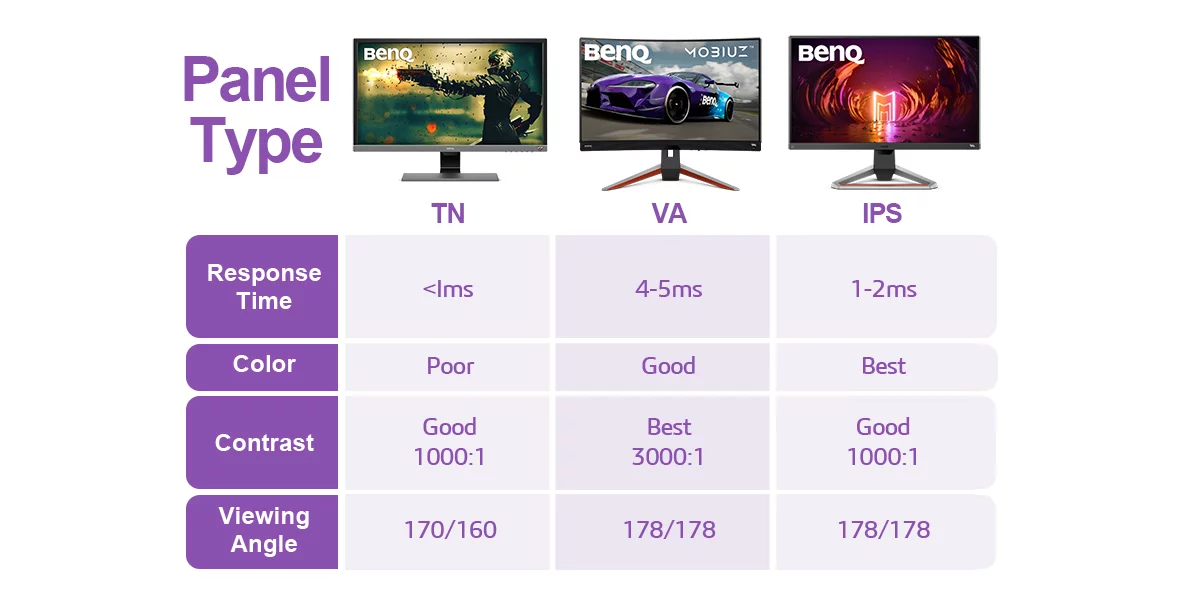
IPS vs VA vs TN
Picture Quality
The most important factor to consider when choosing a monitor is picture quality. This can be expressed in a few ways, notably resolution and panel type. VA and IPS panels are the best in image quality, while TN panels are the worst. The resolution, however, measures how many pixels the monitor can display. A higher resolution means a sharper image, but it also means that the monitors are more expensive.
IPS, VA, and TN panels each have their benefits and drawbacks in this regard. IPS monitors are known for their accurate colours and wide viewing angles. VA panels have great contrast ratios and deep blacks. TN monitors are the fastest, with a response time of 1 ms.
All three types of panels have their advantages and disadvantages regarding picture quality. It depends on your preferences as to which one is best for you.
TN panels are the cheapest and most common type of panel, but they have poor image quality. IPS and VA panels are more expensive but have much better image quality. Resolution is also a factor, and higher resolutions mean sharper images. However, higher resolutions also mean more expensive monitors.
Horizontal Viewing Angles
IPS (in-plane switching) and VA (vertical alignment) are the two most popular types of LCD panels, but how do they compare to horizontal viewing angles?
TN (twisted nematic) panels are the most common type of LCD panel, but they don’t offer the best horizontal viewing angles.
VA panels have better horizontal viewing angles than TN panels, but they still don’t match the viewing angles of IPS panels.
IPS panels have the best horizontal viewing angles of any LCD panel.
Vertical Viewing Angles
TN panels have the worst vertical viewing angles. This is because the pixels are aligned horizontally, which means the image will start to look distorted when viewed from too far above or below.
VA panels have better vertical viewing angles than TN panels, but they are still not as good as IPS panels. This is because the pixels are aligned in a honeycomb pattern, which means that there are some gaps between the pixels.
IPS panels have the best vertical viewing angles of all three types of panels. This is because the pixels are aligned vertically, meaning there are no gaps between the pixels.
IPS panels are the best choice for anyone who wants the best possible image quality. However, they are more expensive than TN or VA panels.
Gray Uniformity
We wanted to explore how different panel types performed in our gray uniformity test, so we tested the IPS panel in the LG 27UK850-W, the VA panel in the ViewSonic VP2785-4K, and the TN panel in the ASUS ROG Swift PG279Q.
While all three-panel types have pros and Cons, the IPS panel did the best in our gray uniformity test. The IPS panel had very little backlight bleeding and no noticeable clouding. The VA panel had some backlight bleeding and clouding, but nothing too drastic. The TN panel had the worst backlight bleed and clouding of the three.
Black Uniformity
IPS, VA, and TN panels all share some commonalities. One of those commonalities is that they all suffer from a condition called “black uniformity.”
Black uniformity is the visual uniformity of a display when it is displaying black. It is important because, when you are watching a movie or playing a game, you want the black parts of the screen to look consistent. Otherwise, you will be able to see “scan lines” or “clouding.”
IPS, VA, and TN panels have different ways of dealing with black uniformity. IPS panels have the best black uniformity of the three, but they also tend to be the most expensive. VA panels have good black uniformity but are not as good as IPS. TN panels have the worst black uniformity of the three, but they are also the cheapest.
There are a few things that you can do to improve black uniformity on any LCD panel. One is to use a display calibration tool. This will help ensure that the screen’s black parts are as consistent as possible.
SDR Colour Gamut
The colour gamut is a measure of the range of colours that a display can produce. The term is usually used for television and computer displays, as well as for image scanners, printers, and digital cameras. The gamut of a display device is generally specified by the three primary colours (red, green, blue, or RGB) that it can reproduce and by the maximum luminance of each colour.
When it comes to colour reproduction, IPS panels are the clear winner. They have the widest colour gamut of the three panel types, meaning they can display more colours accurately. This is especially important for professionals who rely on colour accuracies, such as photographers and graphic designers. However, IPS panels are also more expensive than VA or TN panels.
VA panels are a good middle ground between IPS and TN panels. They have a wider colour gamut than TN panels but are not quite as wide as IPS ones. They are also more affordable than IPS panels, making them a good choice for budget-conscious buyers.
TN panels are the most common display panel on the market today. They are the most affordable of the three-panel types, but they also have the narrowest colour gamut No matter which type of panel you choose, you’ll be able to find a monitor that meets your needs. Just be sure to consider all of the factors before making your decision.
HDR Colour Gamut
Regarding the HDR colour gamut, IPS panels are the clear winner. They offer the widest colour gamut, meaning they can display more colours and shades than VA or TN panels. This is especially important for creative professionals who require accurate colour reproduction.
However, IPS panels do have a few drawbacks. They are generally more expensive than VA or TN panels and tend to have shorter lifespans due to the nature of the technology.
VA panels offer the second-widest colour gamut and are significantly cheaper than IPS panels. However, they suffer from issues like IPS panels, such as shorter lifespans and lower colour accuracy.
TN panels are the cheapest of the three but offer the least accurate colours and the narrowest colour gamut. They are also the most common type of panel, so if you’re looking for the widest possible selection of monitors, TN is the way to go.
Overall, each type of panel has its strengths and weaknesses. If you need the most accurate colours, go with an IPS panel. If you’re on a budget, go with a TN panel. And if you need a balance of price and performance, go with a VA panel.
Motion Handling
Unfortunately, there are still some big differences in how these panels deal with moving images. IPS panels have historically had issues with ghosting, where fast-moving objects leave a trail behind them. This is because IPS panels work; allowing light to pass through the liquid crystals from the backlight at all angles gives you very good colour reproduction.
But this also means that the liquid crystals don’t switch as quickly as TN panels, resulting in ghosting. VA panels don’t suffer from this issue to the same degree, but some ghosting is still present. TN panels, on the other hand, don’t have any real issues with ghosting due to their quick response time.
Input Lag
One of the most important factors for gamers is input lag, the time it takes for the image on the screen to change in response to your input. TN panels have the quickest response time, making them ideal for gaming. IPS and VA panels have a slower response time, making gaming feel sluggish. However, the difference is usually only a few milliseconds, so it’s not a huge deal breaker.
Conclusion
As you can see, there are a few different types of display panels on the market. Each one has its advantages and disadvantages. IPS panels are generally the most expensive but offer the best image quality. VA panels are a bit cheaper and offer good image quality. TN panels are the cheapest, but their image quality is not as good as the other two.
Which one should you choose? It depends on your needs and budget. If you need the best image quality, go for an IPS panel. If you need good image quality and don’t mind sacrificing quality for a lower price, go for a VA panel. If you need a cheap display and image quality is not a big concern, go for a TN panel.


